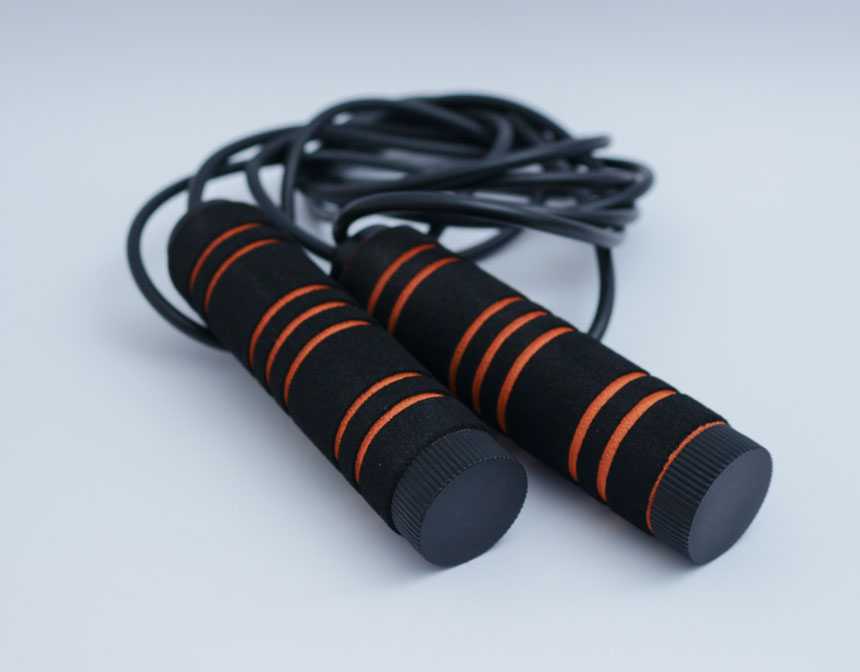History of Mujadara
Mujadara has a rich history and is a staple in Middle Eastern cuisine, particularly popular in Lebanon. This humble dish of lentils, rice, and caramelized onions transcends social and economic boundaries, appearing on the dining tables of both the rich and the poor. Its origins are somewhat unclear, but it's widely believed to have been a part of Middle Eastern diets for centuries. Lebanese mujadara is often considered the quintessential version of the dish, embodying the flavors and soul of Lebanese cooking.
If you're in a rush or simply looking for a modern twist on preparing this classic, there's good news: mujadara works incredibly well in an Instant Pot. Using a pressure cooker like the Instant Pot can reduce the cooking time significantly, making it a perfect weeknight dinner option. With this convenient appliance, you can achieve the tender lentils and flavorful rice that characterize a great mujadara.
What makes mujadara universally beloved is its adaptability and the straightforwardness of its ingredients. Whether you're using the stovetop or an Instant Pot, you're just a few simple ingredients away from a nutritious, hearty meal. Lentils are rich in protein and fiber, rice provides carbohydrates for energy, and the caramelized onions give the dish its signature sweetness and depth of flavor. It's a testament to the beauty of simple, wholesome ingredients coming together to create something truly satisfying.
What Do You Eat Mujadara With?
Mujadara is a versatile dish that pairs well with a variety of sides and toppings. Here are some delicious options to consider:
Yogurt or Tzatziki Sauce: A dollop of yogurt or tzatziki can add a refreshing tanginess to the dish.
Salad: A simple cucumber-tomato salad or a fattoush salad can make for a balanced meal.
Pita Bread: Toasted or fresh pita bread is great for scooping up mujadara.
Pickled Vegetables: Pickles or even a small serving of kimchi can add a tangy crunch to your meal.
Fresh Herbs: Topping mujadara with fresh parsley, mint, or coriander can add color and an extra layer of flavor.
Hummus or Baba Ganoush: These popular Middle Eastern spreads complement mujadara quite well.
Roasted Vegetables: For an even heartier meal, serve it with roasted or grilled vegetables like bell peppers, zucchini, or eggplant.
Lemon Wedges: A squeeze of lemon can really brighten up the dish and add an extra layer of flavor.
Grilled or Baked Chicken: For non-vegetarian options, grilled or baked chicken pairs wonderfully with mujadara.
The dish itself is so rich in flavors and textures that it can stand alone, but these additions can provide a well-rounded meal experience. Feel free to mix and match to suit your personal preferences.
What Is The Difference Between Mujaddara And Mudardara?
Mujaddara and Mudardara are both Middle Eastern dishes that primarily feature lentils and rice or bulgur, but there are some key differences between the two:
Grain Type: The most notable difference is the type of grain used. Mujaddara is generally made with rice, whereas Mudardara uses bulgur wheat.
Onions: Both dishes use onions, but the way they are prepared can differ. In Mujaddara, onions are often fried until crispy and used both as a cooking ingredient and as a garnish. In Mudardara, onions are usually sautéed but not necessarily fried to a crispy texture.
Spices: The spices can also vary between the two dishes, although cumin, salt, and black pepper are commonly used in both. Specific regional variations might include additional spices or herbs.
Texture: Due to the use of bulgur in Mudardara, the dish has a more textured and nutty feel compared to the softer, more homogeneous texture of Mujaddara with rice.
Regional Variations: Mujaddara is more widespread across the Middle East and has various adaptations, including the use of different types of lentils or additional vegetables. Mudardara is more commonly found in specific regions like Lebanon.
Serving Style: Both dishes are often served with a variety of accompaniments like salads, pickles, and yogurt, but the choice of sides can sometimes differ based on whether you are eating Mujaddara or Mudardara.
Despite these differences, both dishes are beloved for their hearty, nutritious profiles and are staples in vegetarian Middle Eastern cuisine.
How Do You Pronounce Mujadara?
The pronunciation of "Mujadara" can vary by region and dialect, but a common way to pronounce it in English is "moo-juh-DAH-ruh." Here's a breakdown:
"Moo" as in "moon"
"juh" as in "judge"
"DAH" with emphasis, as in "dollar"
"ruh" as in "run"
It's worth noting that the pronunciation may differ if you're speaking with someone from a specific Middle Eastern country, as accents and pronunciations can vary. However, the above pronunciation is generally understood.









































